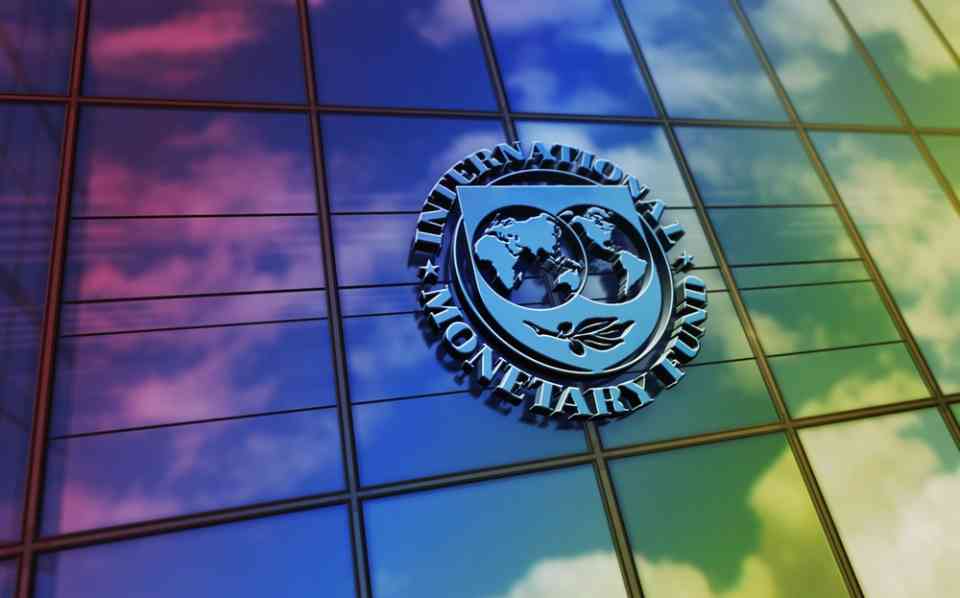Asia, contributing 60% to global economic growth, remains the powerhouse of the global economy, noted Krishna Srinivasan, director of the International Monetary Fund’s Asia and Pacific Department. He emphasized that Asia is the world’s most dynamic region, citing its vast and increasingly skilled labor force, strong integration into global supply chains, and significant productivity gains as key factors.
Srinivasan highlighted these elements as the main reasons why Asia is contributing more to global growth than other regions. In its latest World Economic Outlook, the IMF has maintained a global growth forecast of 3.2% for 2024, while projecting 5.3% growth for emerging and developing Asia.
He observed that emerging Asian markets are currently driving growth more than advanced economies, where interest rates remain high and domestic demand is still subdued.
However, Srinivasan pointed to risks Asia must confront in the future, such as geoeconomic fragmentation, the impacts of artificial intelligence, and climate change. He raised particular concern over the increased trade restrictions affecting Asia. According to IMF data, trade-restrictive measures surged from roughly 1,000 in 2019 to 3,000 in 2023, leading to heightened global fragmentation.
In Asia, where economies have long benefited from regional and global integration, these rising trade barriers pose a serious threat. Srinivasan warned that any disruption to these supply chains could disproportionately impact Asia’s growth. While he acknowledged that some Southeast Asian economies have gained in targeted sectors due to U.S.-China trade tensions, he emphasized that, over the long term, everyone loses as global economic dynamism and output decline.
IMF research further indicates a high likelihood of retaliatory measures for each trade restriction, be it a tariff or non-tariff barrier, Srinivasan cautioned. He encouraged policymakers to prioritize reducing trade restrictions, and he praised the Asia-Pacific Economic Cooperation (APEC) as a valuable platform for such discussions. APEC, he noted, brings together 21 economies that represent a substantial portion of global trade, providing an effective forum for dialogue on trade friction and support for multilateralism.
The latest WEO report revised China’s projected growth rate to 4.8% this year, a 0.2 percentage point decrease. Srinivasan noted that recent third-quarter GDP figures, combined with newly introduced policy measures, have balanced the economic outlook. While some of these measures align with IMF recommendations in the Article IV report, he indicated that further fiscal support from the Chinese central government is needed, particularly to stabilize the property sector.
Have you read?
Countries Most in Debt to the International Monetary Fund (IMF).
Most Successful Unicorn Startups.
$100 Billion Club: Richest People With The 12-Figure Fortunes.
Largest electricity consumers in the world, by country (in terawatt-hours).
Countries that Export the Most Goods and Services.
Add CEOWORLD magazine to your Google News feed.
Follow CEOWORLD magazine headlines on: Google News, LinkedIn, Twitter, and Facebook.
Copyright 2024 The CEOWORLD magazine. All rights reserved. This material (and any extract from it) must not be copied, redistributed or placed on any website, without CEOWORLD magazine’ prior written consent. For media queries, please contact: info@ceoworld.biz
CEOWORLD magazine – Latest – Special Reports –


